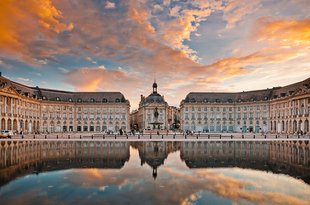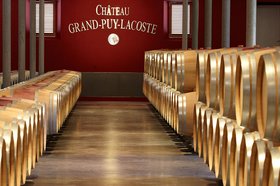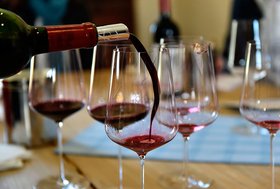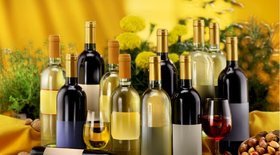The Ultimate Guide To Investing In Left Bank Bordeaux (2025)
The Bordeaux wine region produces some of the world’s most prestigious investment-grade wines. Bordeaux’s Left Bank, in particular, is known for its sumptuous and age-worthy wines perfect for every cellar.
Investing in Left Bank Bordeaux wine can be a lucrative option, but choosing the right region, producer, and vintage is essential.
Let’s explore everything about investing in Left Bank Bordeaux wines and how to select an age-worthy bottle. We’ll also discover 10 collectible Left Bank wines, the difference between the Left Bank and Right Bank Bordeaux, and how you can invest in these spectacular wines through Vinovest.
Further reading
- Take a look at this fantastic Guide to Bordeaux Wine, the different regions, 9 investment-worthy wines, and a brief history.
- Also, check out everything you need to know about Fine Wine Investment.
Why You Should Invest In Left Bank Bordeaux?
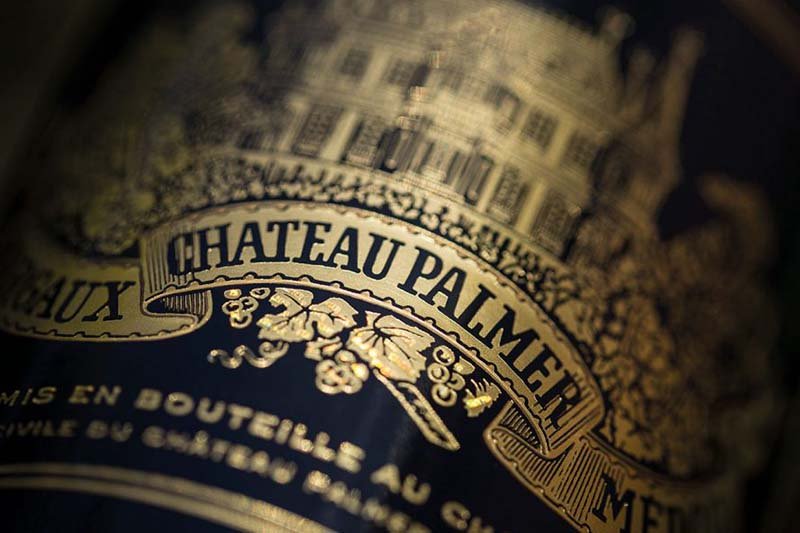
The Bordeaux wine region’s Left Bank produces critically acclaimed, investment-worthy wines that age gracefully and appreciate in value if stored correctly.
What is the aging potential of Left Bank Bordeaux?
Expect Left Bank wines from the Bordeaux region to reach maturity after around 20 years of cellaring and remain at their peak for another 10.
There are also stellar examples of ancient vintages over 50 years old!
Some exceptional bottles from 1959, 1945, and even 1900 are still drinkable today, like the 1959 Chateau Latour and the 1945 Mouton Rothschild.
Does the price of Left Bank Bordeaux wine appreciate with age?
As the spectacular Left Bank Bordeaux wines reach their peak, their prices increase steadily. For example:
- A bottle of 1900 Château Margaux rose from $13,938 to $25,214 between 2020 and 2022 - that’s an impressive 80% increase!
- The 1853 Château Mouton Rothschild appreciated by 113% between 2020 and 2022, rising from $8,870 to $18,909.
Do Left Bank Bordeaux wines perform well at auctions?
Magnificent, age-worthy bottles of Left Bank Bordeaux have shattered world records and dominated wine auctions.
- The 1945 Château Mouton Rothschild became the most expensive wine ever sold when it auctioned for $310,000 at the 2006 Sotheby’s auction.
- 1869 Château Lafite Rothschild fetched $123,000 at the 2012 Sotheby’s Hong Kong Auction.
What do the critics think of Left Bank Bordeaux wines?
Left Bank Bordeaux wines often receive outstanding reviews from the world's top wine critics. Take these, for example.
- Jancis Robinson scored the 2020 Lafite Rothschild 19/20.
- Neal Martin scored the 2020 La Mission Haut-Brion 97-99/100.
- Roberts Parker’s The Wine Advocate gave the 2020 Smith Haut Lafitte 98-100/100.
Outstanding aging potential, stellar auction results, and critically acclaimed appraisals are why Left Bank Bordeaux wines make a fantastic investment.
If you’re looking to get your hands on a rewarding bottle of Left Bank Bordeaux wine or even Bordeaux en primeurs (wine futures), partner up with Vinovest.
Vinovest is a world-class fine wine investment company that will procure, authenticate, and store rare and authentic wines for you from around the world - be it Europe, South America, or North America.
But how do you pick the best Left Bank wines?
How To Select An Investment-Worthy Left Bank Bordeaux Wine
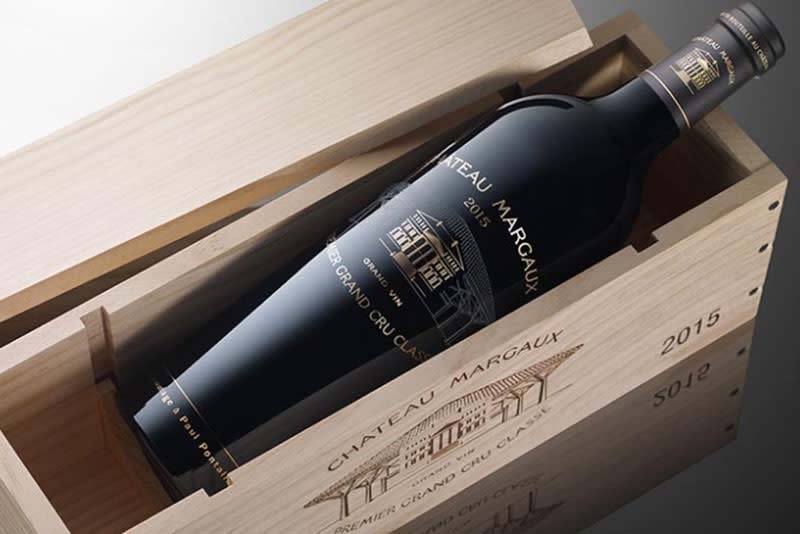
There are a few things to consider when investing in Left Bank cult wines, like which sub-region the wines come from, who produced them, and when they were produced.
- Sub-region: The Left Bank areas that produce the best wines are Médoc and Graves. They include Pauillac, Pessac-Leognan, St Estephe, and St Julien appellations.
- Estate: The Left Bank is home to amazing Grand Cru Classé and Premier Cru Supérieur estates like, Château Margaux, Lafite Rothschild, Pontet Canet, and Château Haut Brion.
The Left Bank also has several Cru Bourgeois estates like Branaire Ducru, but wines from these estates don’t have the same aging potential as the more prestigious sites.
- Vintage: Some years produce more age-worthy wines than others. 1949, 1953, 1955, 2010, 2015, and 2016 are all years to look out for.
10 Collectible Left Bank Bordeaux Bottles
Here are 10 investment-worthy Left Bank wines to add to your collection today!
- 2015 Liber Pater, Graves
- 2004 Liber Pater, Graves
- 2009 Liber Pater Blanc, Graves
- 2000 Château Mouton Rothschild, Pauillac
- 2000 Château Lafite Rothschild, Pauillac
- 2015 Château Margaux, Margaux
- 2010 Château Latour, Pauillac
- 2009 Château Haut Brion Blanc, Pessac-Leognan
- 2010 Chateau La Mission Haut-Brion Blanc, Pessac-Leognan
- 2001 Chateau d'Yquem, Sauternes
1. 2015 Liber Pater, Graves ($36,037)
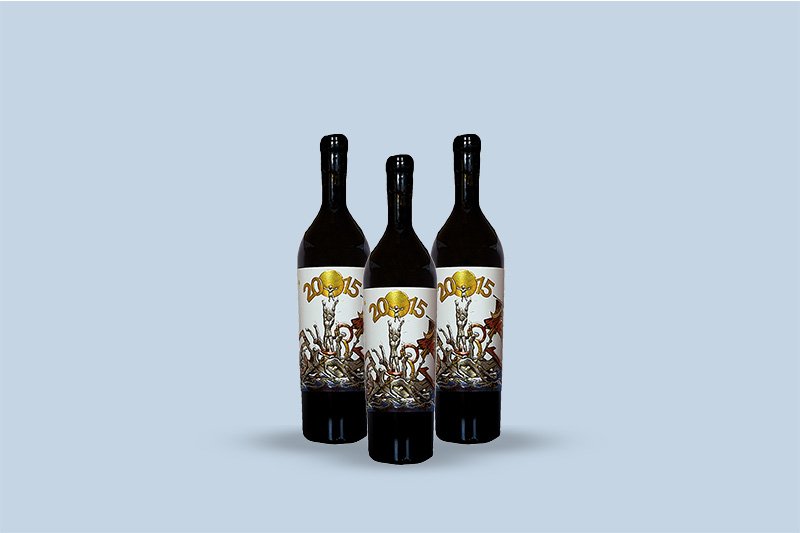
This red wine is a Cabernet Sauvignon-dominated blend with concentrated strawberry aromas, rich dark chocolate flavor, and a viscous texture.
2. 2004 Liber Pater, Graves ($10,561)
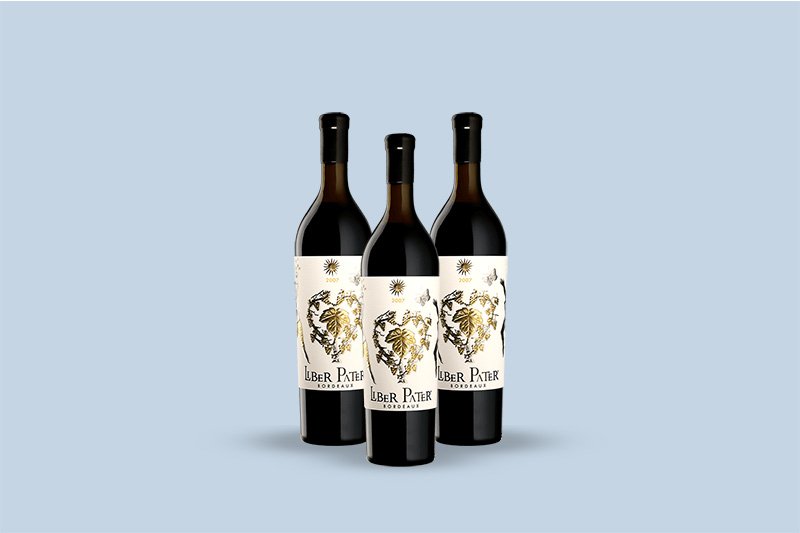
Here’s an exceptional red Bordeaux wine with dark fruit and earthy aromas. It has fresh herb and truffle flavors on the palate with a rich finish.
3. 2009 Liber Pater Blanc, Graves ($3,980)
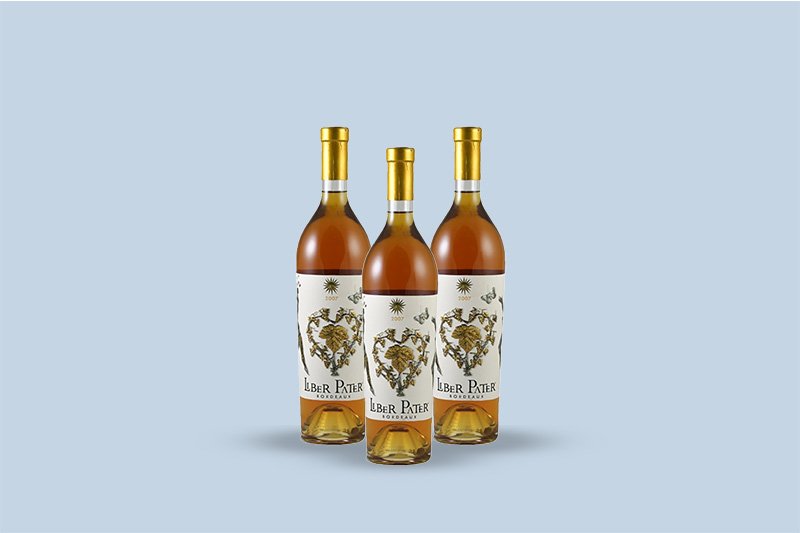
With a creamy texture and well-balanced acidity, this white Bordeaux wine has stone fruit and sage aromas on the nose. The palate has nuts, ripe mango, and fresh peach flavors.
4. 2000 Château Mouton Rothschild, Pauillac ($2,589)

Smoked meat and black fruit aromas dominate the palate of this fine wine. It's made from 86% Cabernet Sauvignon and 14% Merlot and has velvety tannins.
5. 2000 Château Lafite Rothschild, Pauillac ($1,850)

This fine wine has black fruit and spicy oak aromas on the nose. The palate is rich and tannic, with fleshy plums and smoky mineral flavors.
6. 2015 Château Margaux, Margaux ($1,790)
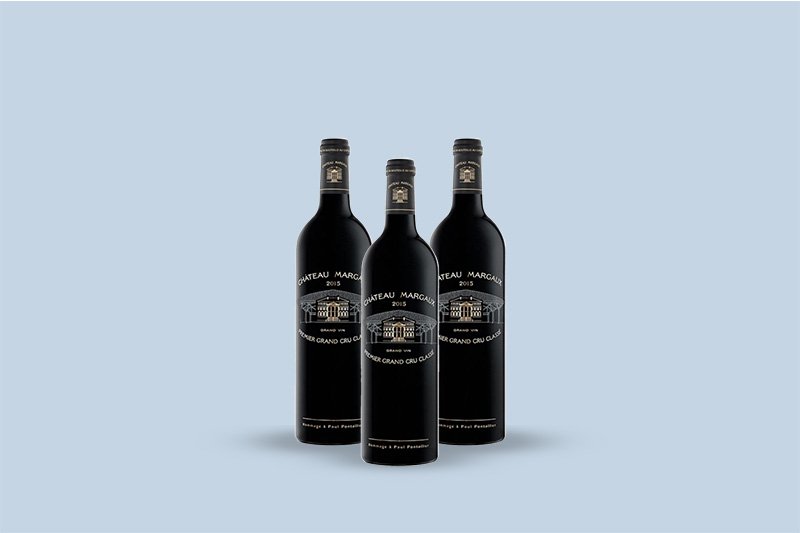
With an inviting bouquet of delicate tobacco and savory cherry fruit, this fine wine has candied orange zest and nougat flavor on the palate.
7. 2010 Château Latour, Pauillac ($1,691)

This fine wine is a Cabernet Sauvignon blend with a blackcurrant bouquet. It has spicy new wood and red berry coulis flavors on the palate with a firm finish.
8. 2009 Château Haut-Brion Blanc, Pessac-Leognan ($1,357)
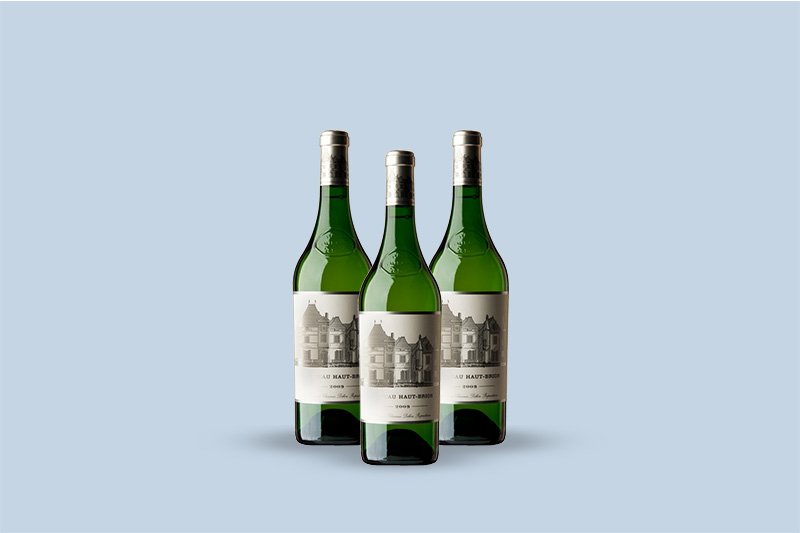
This white Bordeaux wine has grapefruit and gooseberry aromas on the nose. It has a powerful palate with tropical fruit flavors and a woody aftertaste.
9. 2010 Chateau La Mission Haut-Brion Blanc, Pessac-Leognan ($1,006)
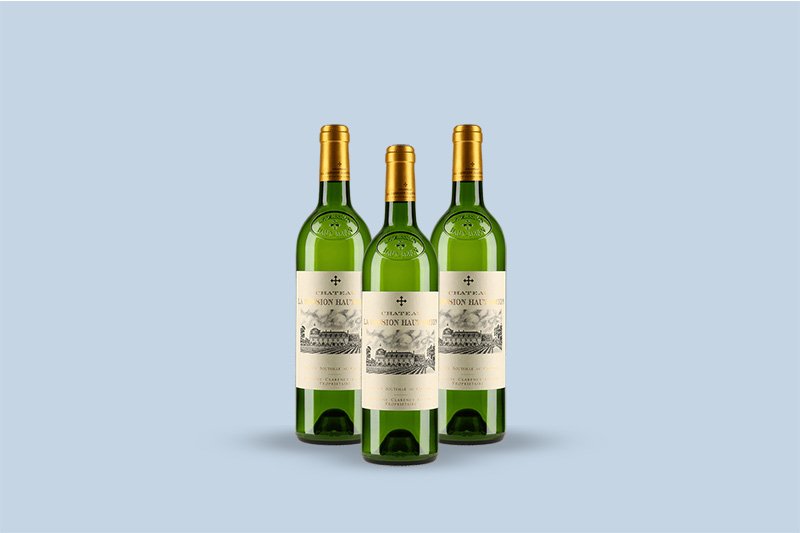
White flowers and menthol aromas dominate the nose of this white Bordeaux wine. It has fresh pear notes and blood-orange flavors.
10. 2001 Château d'Yquem, Sauternes ($760)
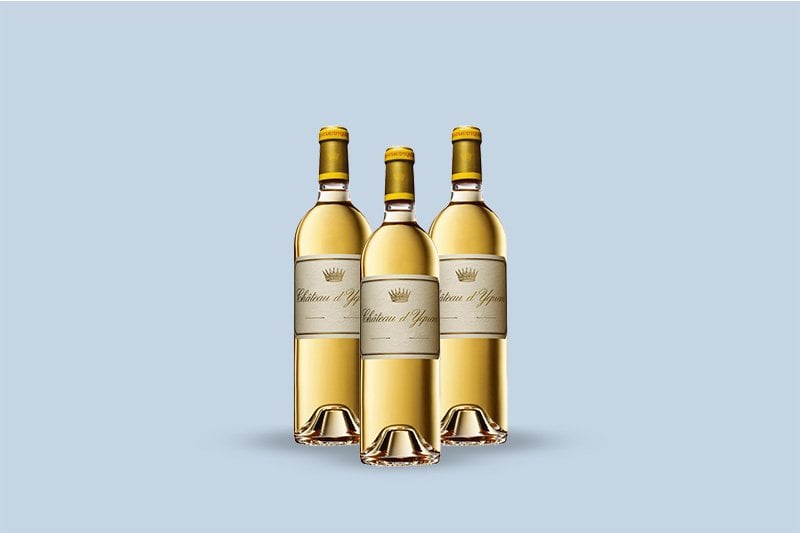
This sweet wine has pineapple aromas and is made from Sauvignon Blanc and Semillon. It’s a full-bodied white with classy acidity and a long finish.
Want to know the difference between the Left Bank and Right Bank?
Left Bank Vs. Right Bank Bordeaux
The finest bottles from both Left Bank wine and Right Bank wine are considered investment-worthy, and it's up to the collector to decide which wines best suit their goals.
Here’s a quick comparison between the two banks to help you decide on the best bottle for yourself.
A. Left Bank Bordeaux
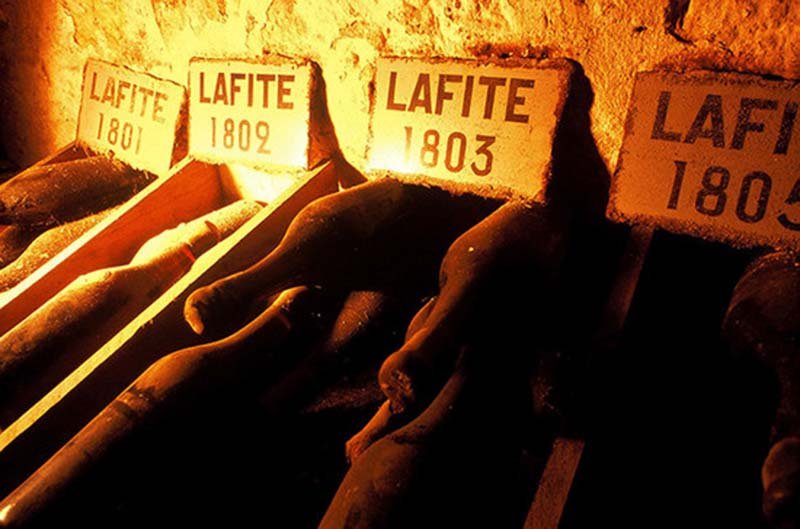
The Left Bank wines are unique in many ways:
- Grape varietals: Cabernet Sauvignon is the primary grape in most Left Bank wine bottles. There are lesser amounts of other red wine grapes like Merlot, Cabernet Franc, Petit Verdot, Malbec, and Carménère.
Some producers like Lynch-Bages and Mouton Rothschild also craft white Bordeaux blends from Sauvignon Blanc and Semillon.
- Soil: The Left Bank has gravelly, well-draining soils, which means the vine roots have to extend far down to reach the water beneath the surface. This results in small, concentrated wine grapes with complex flavors.
- Climate: The Left Bank has a cool climate which results in acidic grapes and age-worthy wines.
- Top Appellations: Some top appellations include St Estephe, Pauillac, St Julien, Haut-Médoc, and Moulis-en-Médoc.
B. Right Bank Bordeaux
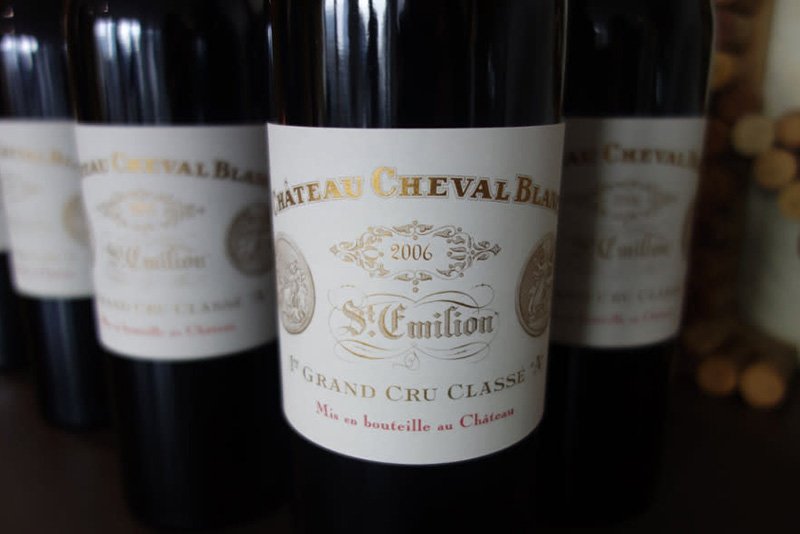
This is how Right Bank wines differ.
- Grape varietals: Merlot is the primary grape in Right Bank wine. The Cabernet Franc grape is the second most prominent, followed by Cabernet Sauvignon, Malbec, and Petit Verdot.
- Soil: The soils are rich in clay and limestone. The limestone is well-draining, while the clay retains water and provides moisture during hot summers.
- Climate: The Right Bank is hotter than the Left Bank because it’s sheltered from oceanic winds. This leads to riper, less acidic wine grapes.
- Top Appellations: The top appellations are Pomerol and St Emilion. St Emillion categorizes estates into Premier Grand Cru Classé and Grand Cru Classé. Pomerol has no classification system but includes famous estates like Chateau Petrus and Le Pin.
Invest In An Age-Worthy Left Bank Bordeaux Through Vinovest
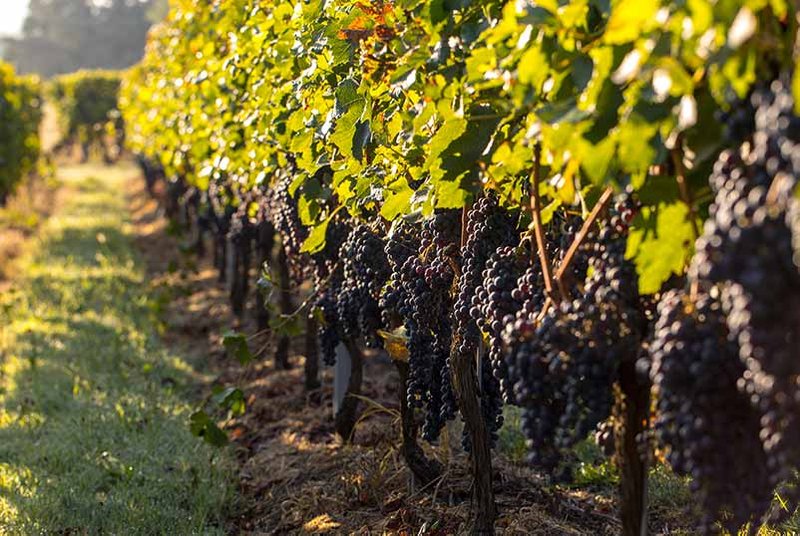
With its amazing terroir, world-famous producers, and Grand Cru and Premier Cru sites, the Bordeaux region’s Left Bank crafts some of the globe’s finest and most collectible wines.
Interested in investing in a Left Bank Bordeaux?
Vinovest is a fine wine investment company that will help you easily manage an investment-grade portfolio of sought-after Bordeaux and even Napa cult wines that historically outperform the market.
